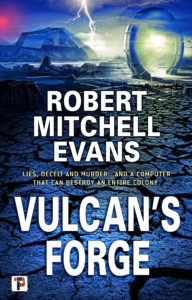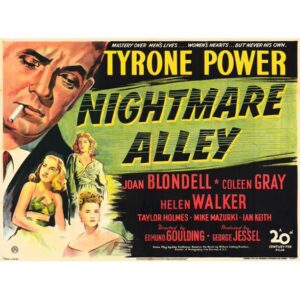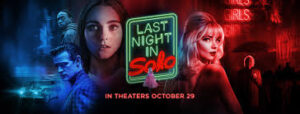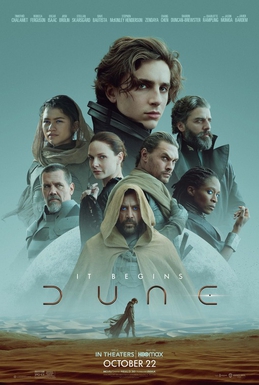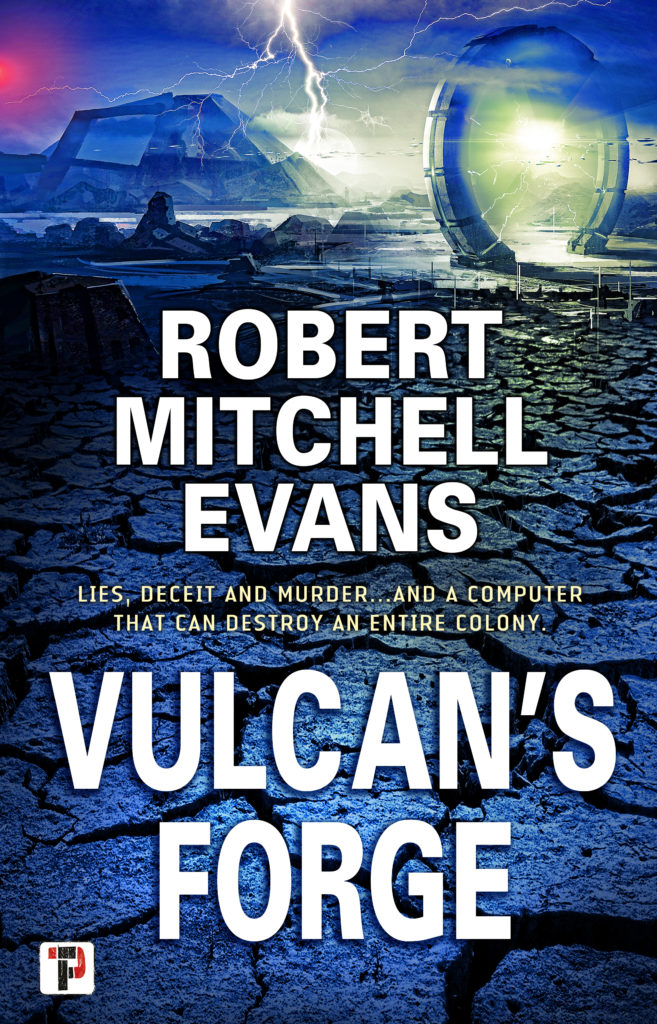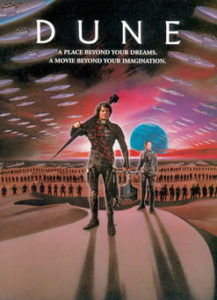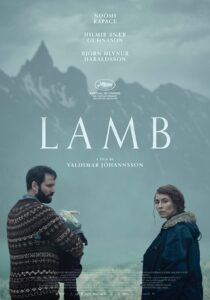The 1958 film Elevator to the Gallows is often considered one of the foundational films of the French New Wave of cinema and is also a dark cynical noir with an underlying theme of futility.
Julien Tavernier, an ex-paratrooper and now an executive under a corrupt businessman, Simon Carala, plots with his lover Florence to murder his boss. The film opens with the murder and  reveals Julien’s careful planning, but an ill-timed telephone call disrupts the plot initiating a chain-reaction of events that over the course of a single night cascades into more murder and tragedy.
reveals Julien’s careful planning, but an ill-timed telephone call disrupts the plot initiating a chain-reaction of events that over the course of a single night cascades into more murder and tragedy.
Adapted from a novel of the same name Elevator to the Gallows is a film with very little fat on it. Within its slim 91-minute running time Gallows presents fully realized characters and explores the futility of attempting to fully controls events. Julien’s plan it meticulous and intelligent but with one stray event is crumbles as chaos revealing chaos as the ultimate determiner of our fates.
Many low-budget noirs utilized inexpensive jazz scores, but Gallows stands apart from these with its improvised jazz score by legendary musical Miles Davis. Filmed on location and at night the movie has a realism that adds weight and poignancy to the doomed lovers. The cinematography often relies on short lenses, isolating the characters from their out of focus backgrounds, visually reflecting their lonely existence.
Elevator to the Gallows is currently streaming, with bonus content, on the Criterion Channel.


